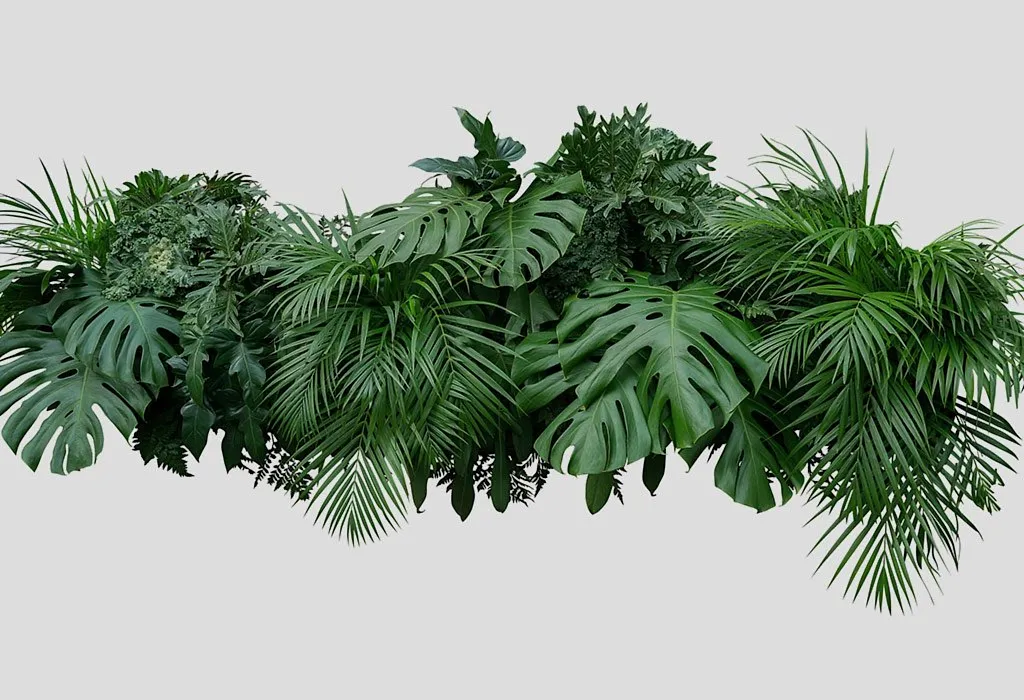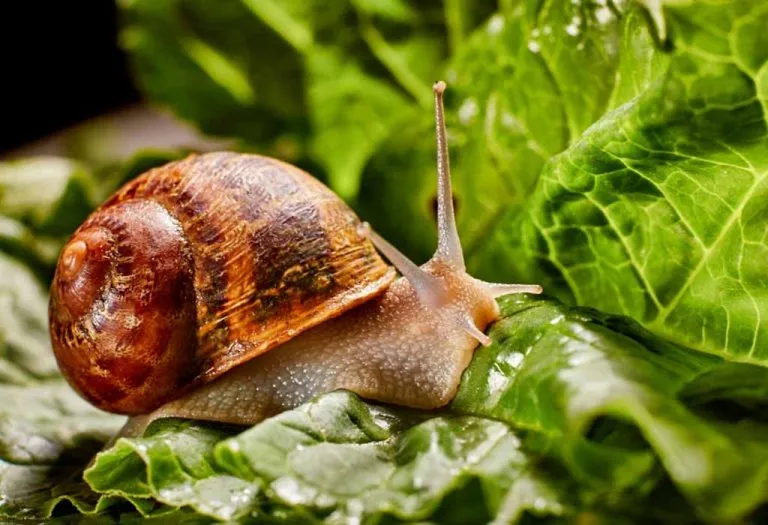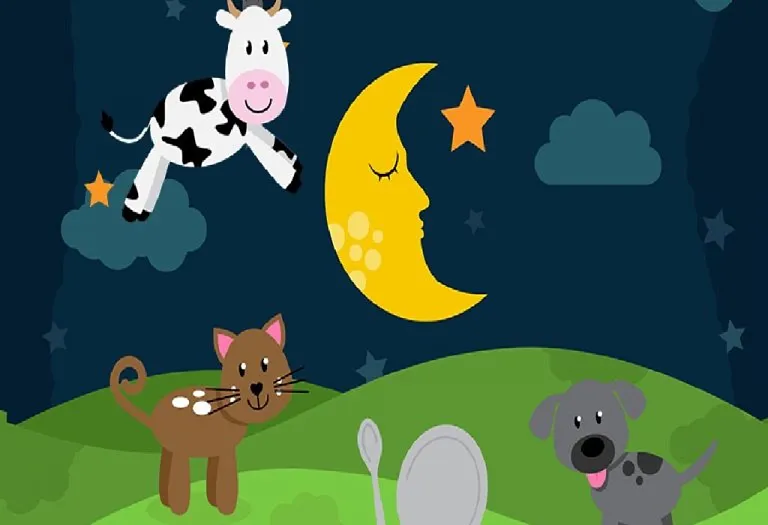50+ Interesting Plant Facts for Kids
The amazing world of plants is filled with exciting and fun facts waiting to be explored. Plants come in a staggering variety, with over 4,00,000 species known to exist. Did you know that some plants can eat insects? Yes, they are called carnivorous plants with special adaptations to catch and digest their prey. Additionally, plants can remarkably communicate with each other through chemical signals. They release scents and chemicals to warn nearby plants of impending danger, such as insect attacks. So, next time you’re in nature, take a moment to appreciate the fascinating world of plants and their extraordinary capabilities! If you are keen to fire your child’s imagination with interesting information, get ready to get surprised by facts about plants for kids, even if you aren’t aware of them.
56 Fun Facts about Plants for Children
Heard about weird species like Venus flytraps or poison ivy? The following information about plants for kids is a veritable treat for those who love interesting facts related to the magnificent plant kingdom:
1. We human beings use more than 2000 different types of plants to create various delicious food items in our meals.
2. Bamboo is an extremely rapid growing plant. In fact, some bamboo varieties can grow almost a metre (about 3.2 feet) in a single day.
3. Caffeine works as a pesticide in a coffee plant.
4. Apple’s volume consists of 25% air which is why it floats on water.
5. More than 85% of plant life is found in the ocean.

6. Poison Ivy produces a skin irritant known as urushiol which can cause an allergic reaction like an itchy rash on the exposed skin.
7. Many plants are carnivores like the Venus Flytrap and eat tiny little insects and spiders to gain useful nutrients.
8. In order to help plants to grow, fertilisers are added to the soil or sprayed on them. Manure, which is actually animal waste is a fertiliser too.
9. Gingko Biloba which dates to about 250 million years ago is the oldest living tree species in the world.
10. Banana is actually an Arabic word for fingers.
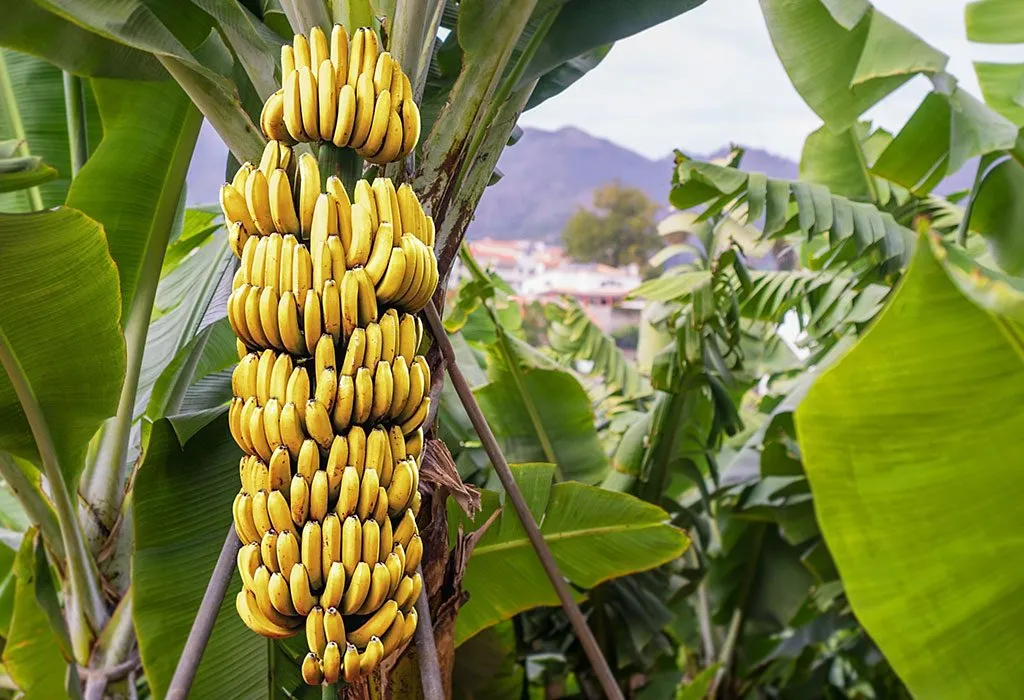
11. Cabbage has 91% water content.
12. There are more than 300,000 plant species identified till date and the list is constantly expanding.
13. Plant matter which settles down at the base of water bodies like swamps etc. can turn into coal through a process is known as metamorphosis.
14. Plants convert carbon dioxide, water and minerals into food when they use energy from sunlight and this process is known as photosynthesis.
15. Tree resin often contains plant material or tiny insects that are trapped within.
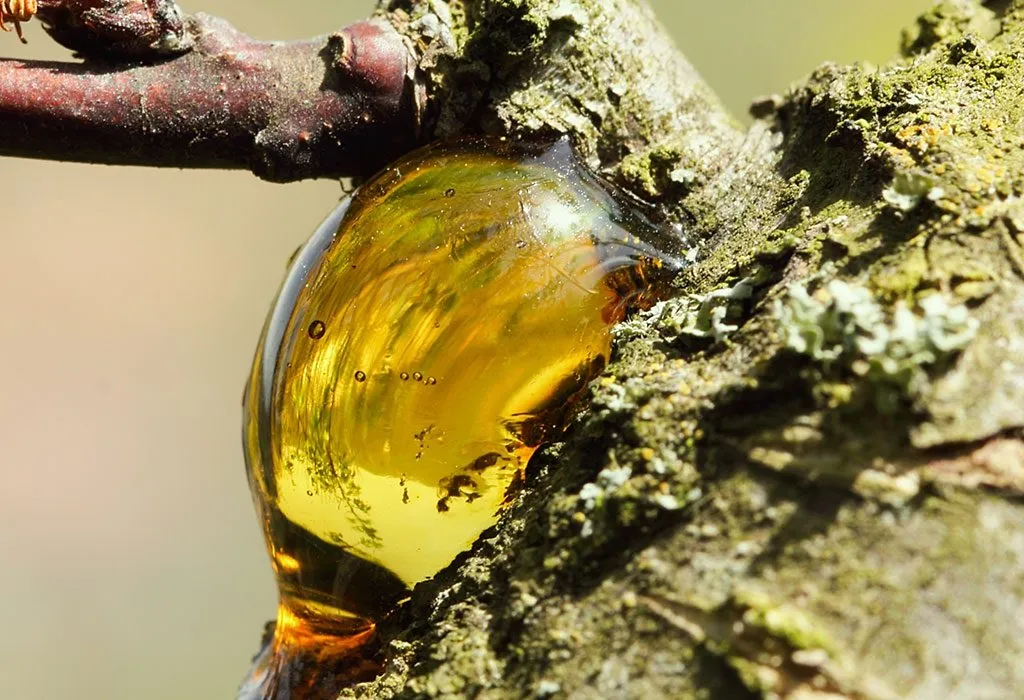
16. Oak trees do not produce acorns until they become 50 years old.
17. The African tree, Baobab can store 1000 to 120,000 litres of water in its tree trunk.
18. Lightning is known to strike oak trees more than any other tree.
19. A cluster of bananas is known as a hand and consists of 10 to 20 bananas which are known as fingers.
20. A cucumber is not a vegetable. It is a fruit as it has seeds.
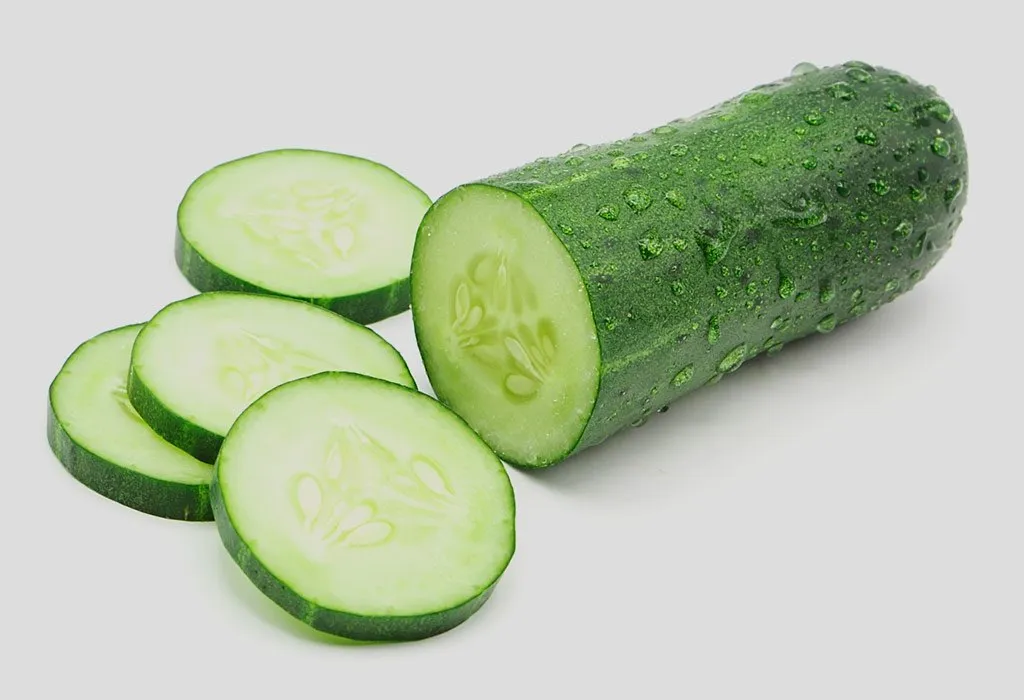
21. Elephant grass found in Africa is named so because it can grow up to 4.5 metres, which is high enough to hide an elephant in it.
22. Your potato fries will be healthier if the skin is left on it as all the nutrients are in its skin.
23. Bananas contain a natural chemical that makes people feel happy.
24. Apples, onions and potatoes have the same taste. Test this by closing your nose while eating them.
25. The first potatoes were cultivated in Peru about 7000 years ago.

26. The country Brazil is named after a tree.
27. An average-sized tree can provide wood enough to make 170000 pencils.
28. Rafflesia grows over three feet in diameter and is the largest flower in the world.
29. Avocados and tomatoes are actually fruits.
30. Algae and mushrooms are not plants but have their kingdom.
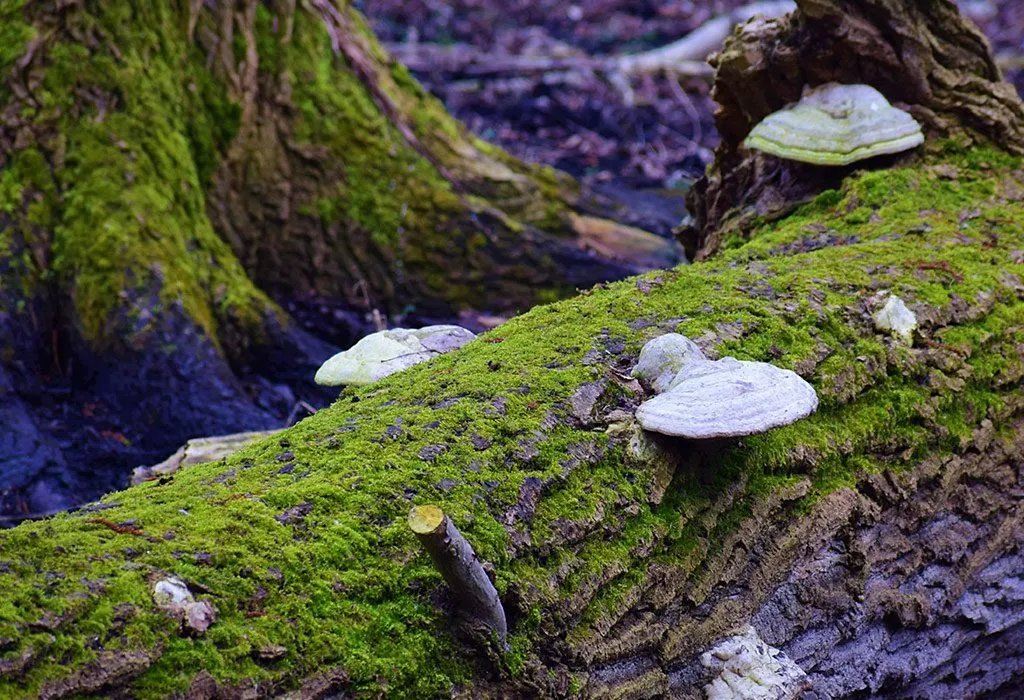
31. About 600 species of carnivorous plants eat small animals and insects too.
32. More than 20% of the world’s oxygen supply is produced by the Amazon Rainforest.
33. Baseball bats are created from the Hickory tree while cricket bats from Willow trees.
34. Onions contain sulphuric acid which causes tears when we cut them. The tears produced is how the body washes it away from the eyes.
35. Onions can make you sleepy if you eat too many at a time since they act as natural sedatives.

36. A carnivorous plant in the Philippines is capable of devouring a full-grown rat alive.
37. Around 70000 plant species are being utilized all over the world for medicines.
38. Plants can be used as natural dyes. For example, tea bags or walnut juice can be used to colour cloth.
39. Chemicals released from freshly-cut grass can be highly effective to relieve stress.
40. Dandelion can be eaten whole, right from its roots up to the petals.
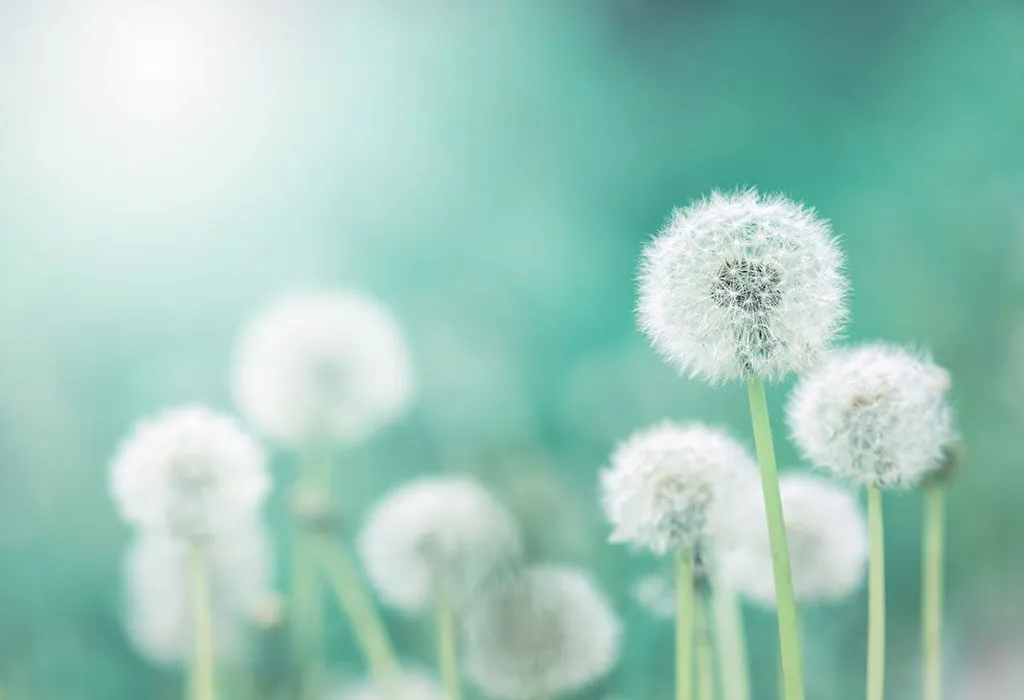
41. England’s Alnwick Garden has The Poison Garden that is filled with plants which can kill you.
42. All teas, white, black and green, come from the same plant, Camellia Sinensis, only the processing methods are different.
43. Plant roots are covered with root hairs that are used to absorb minerals and water.
44. Onions contain a mild antibiotic which can fight infections, relieve itching, soothe burns, and is useful against bee stings too.
45. Water travels in the upward direction from the roots to its stem and then into the plant leaves.
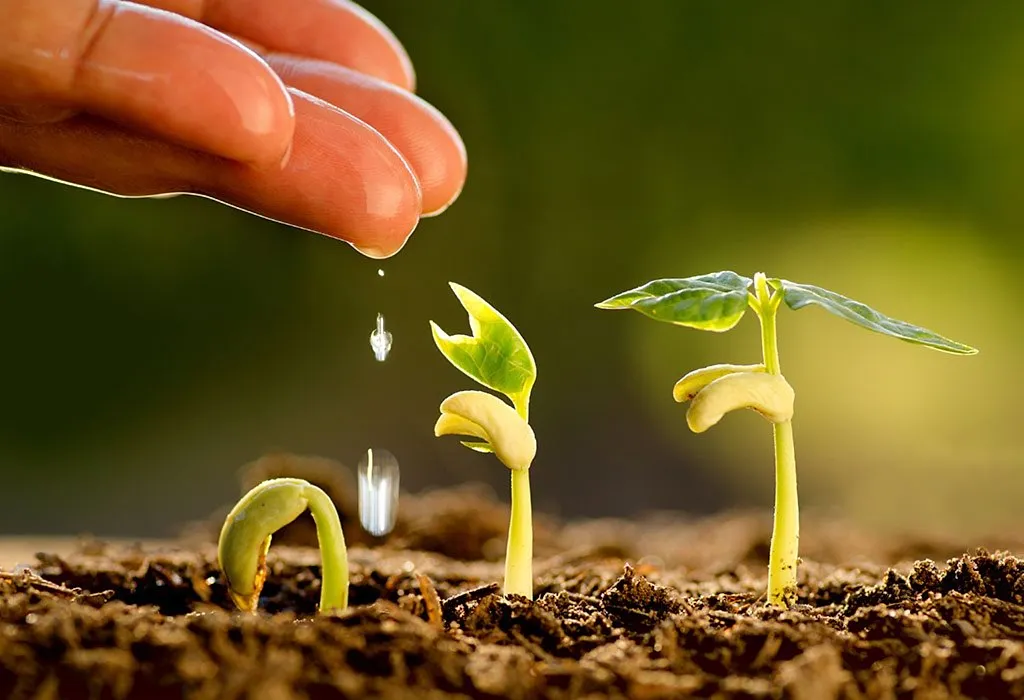
46. No flower species is completely black in color, nor has anyone been able to develop it.
47. 96% of raw cucumber and 84% of raw apple is water.
48. The drug Quinine is obtained from the dried bark of a South-American native tree.
49. Snapdragon flowers resemble a dragon whose mouth can open and close when squeezed from its sides.
50. Strawberry is the only fruit that has seeds on the outside. It has about an average of 200 seeds.
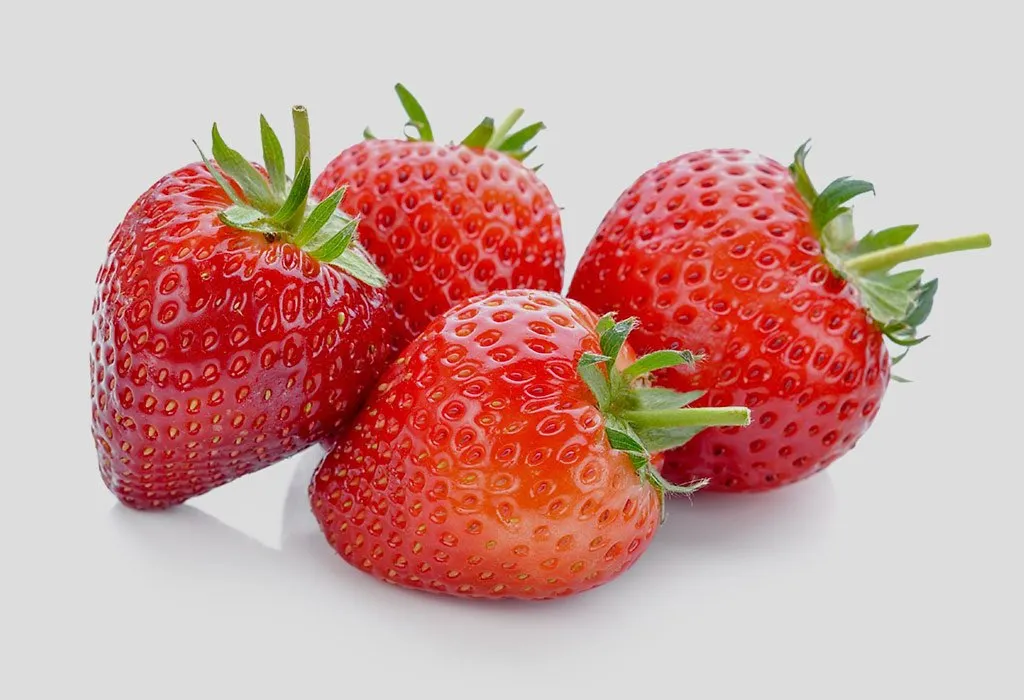
51. The Corpse Flower, also known as the Titan Arum, is one of the rarest plants in the world. It gets its name because it releases a foul smell similar to rotting flesh when it blooms. This unique odor attracts insects for pollination.
52. The Ghost Orchid is a rare and elusive plant found in tropical rainforests. It has beautiful white flowers with long, flowing petals. What makes it even more remarkable is that it has no leaves! It gets all its energy from other nearby trees.
53. The Baobab tree, found in Africa, is known as the “Tree of Life.” It can store up to 100,000 liters of water in its trunk, making it a crucial water source for both humans and animals during dry seasons.
54. The exciting plant kingdom is a wonderful place to spend time with, whether you are a child or an adult. It makes for some interesting conversation with kids as you ply them with fun plant facts.
55. The Welwitschia Mirabilis is a unique plant found in the deserts of Namibia. It has only two leaves that grow throughout its lifetime, and they can reach incredible lengths of up to 16 feet!
56. The Monkey Puzzle tree is fascinating and evergreen. It has sharp, spiky leaves that resemble puzzle pieces.
Why Is It Important to Teach Kids About Plants?
Teaching kids about plants is crucial for several reasons.
1. Environmental Awareness
By imparting knowledge about the natural world, children develop environmental awareness and an understanding of the significance of plants in maintaining ecosystems and producing oxygen.
2. Healthy Lifestyle
It enables them to make informed choices about their diet and promotes healthier lifestyles.
3. Critical Thinking
Exploring plant science nurtures scientific inquiry, fostering critical thinking skills and curiosity.
4. Mental Health
Teaching children about plants also creates a connection to nature, promoting mental well-being, creativity, and a sense of wonder.
5. Future Growth
Furthermore, it instils conservation and sustainability values, empowering children to advocate for the environment and make responsible choices for the future.
FAQs
1. Which seeds can kids grow?
Kids can grow a variety of seeds, including sunflower seeds, bean seeds, radish seeds, tomato seeds, and pumpkin seeds. These seeds are relatively easy to handle and have a high success rate in germination, making them suitable for children to grow and observe the plant’s life cycle.
2. What are the characteristics of plants?
Plants have several distinct characteristics. They are multicellular organisms that undergo photosynthesis, converting sunlight into energy. Nutrition, excretion, respiration, movement, reproduction, development, and sensitivity are the most significant characteristics of plants.
3. Which plant is the largest?
The largest plant in terms of physical size is the Giant Sequoia (Sequoiadendron giganteum). These colossal trees can grow to be the most massive living organisms on Earth, with some reaching heights of over 300 feet and having trunk diameters exceeding 30 feet.
4. What is a group of plants called?
A group of plants is commonly referred to as “flora.” “Flora” encompasses all the plant species within a particular geographic region or ecosystem. It includes various types of plants, such as trees, shrubs, herbs, grasses, and more. “Flora” helps us classify and discuss plant species in specific areas or habitats.
The exciting plant kingdom is a beautiful place to spend time with, whether you are a child or an adult. It makes for interesting conversation with kids as you ply them with these fun plant facts.
Also Read:
Earth Facts for Kids
Facts About Light for Children
Forests Facts for Kids


